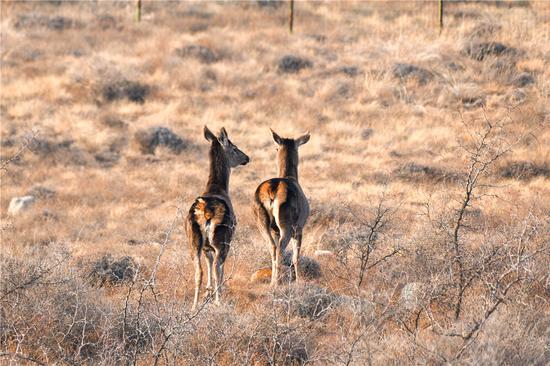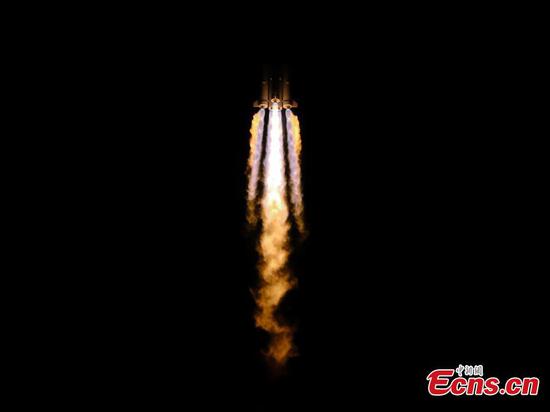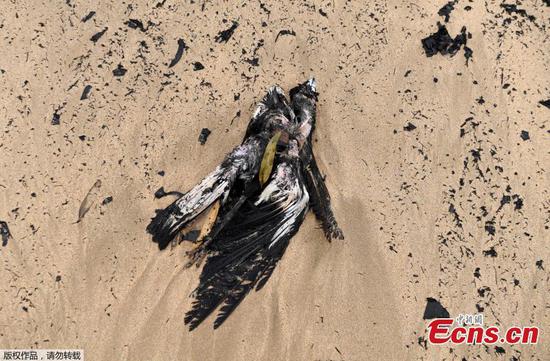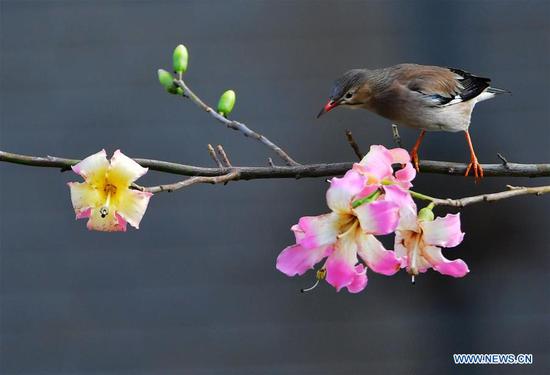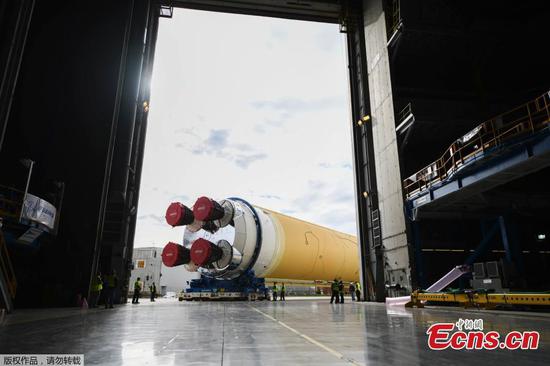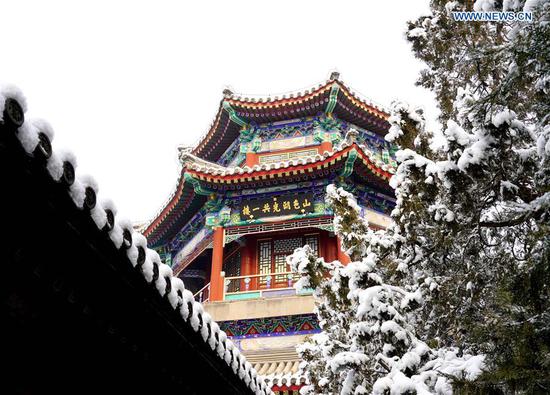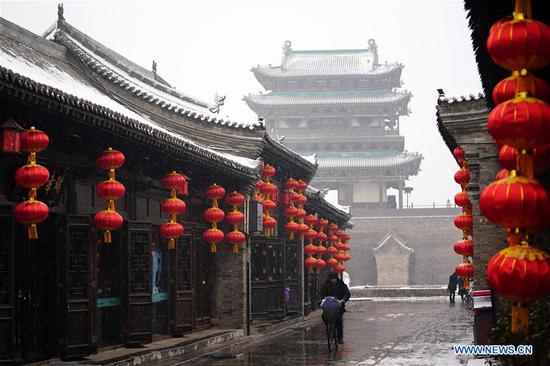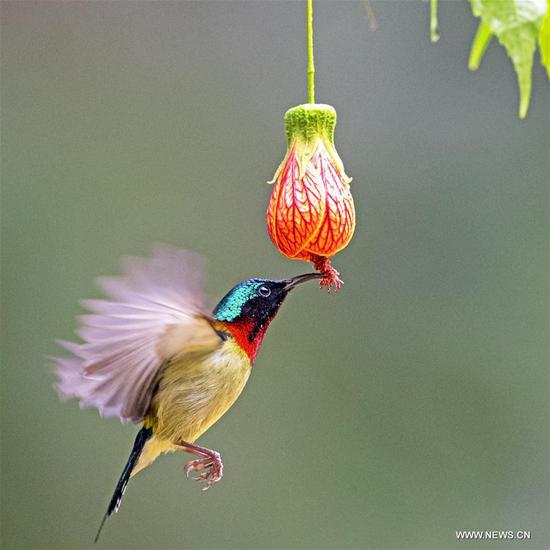
A pork vendor provides a shopper with plenty of choices at a supermarket in Nanchang, Jiangxi province, in late December. Local authorities released more frozen pork from national reserves to ensure there's enough for the upcoming holiday and keep prices stable. (PENG ZHAOZHI/XINHUA)
China has taken a range of steps to secure a sufficient pork supply for the coming Spring Festival feasts-supporting hog production, slaughtering more pigs and releasing more reserves of frozen meat to replenish the market.
"It is a Chinese custom to eat meat during Spring Festival, so we're aiming to supply enough for people while ensuring quality," Yu Kangzhen, vice-minister of agriculture and rural affairs, said on Wednesday.
China's stock of breeding sows rose for the third consecutive month in December, up by 2.2 percent from November, and production of pork feed went up for the fourth consecutive month, by 2 percent month-on-month, the ministry reported.
Both increases signal hog production is rebounding nationwide after a fatal pig disease decimated the national herd, Yu said.
With the approach of Spring Festival, which begins on Jan 25, hog farms have accelerated pig slaughtering operations to meet demand, with the number of hogs butchered rising 14.1 percent in December, the first monthly increase since August, according to the ministry.
"As more full-grown pigs will be supplied to the market, and as meat stocked in reserve or imported from overseas is released, the pork supply and demand will be balanced during the festival," Yu said.
Local authorities have also stepped up their supervision of pork quality at slaughterhouses and cracked down on production violations.
At the same time, regional and State reserves are accelerating the release of frozen pork to shore up supplies in the run-up to the holiday season.
The China Merchandise Reserve Management Center said on Monday that 20,000 metric tons of frozen pork were scheduled for release on Thursday, bringing the total amount of pork released from the center to more than 220,000 tons since September.
In Shenyang, Liaoning province, 3,500 tons of frozen pork will be released and put on the market through February, the city government said last week.
The spread of African swine fever in China, first detected in August 2018, led to the culling of about 1.2 million hogs, squeezing pork supplies and pushing up prices, according to the Ministry of Agriculture and Rural Affairs.
To restore hog production, policies have been rolled out, including improved infrastructure, a boost in financial subsidies and credit insurance and a more streamlined approval process to expand land dedicated to breeding pigs.
Yang Zhenhai, chief of the ministry's animal husbandry and veterinary medicine bureau, said 300 million yuan ($43.2 million) has been allocated to develop new large-scale pig farms or renovate existing facilities.
The central government has also allocated 220 million yuan to subsidize farmers who had culled their pigs because of disease, and another 700 million yuan to support major pork-producing areas, he said.
In November, the overall hog population rose for the first time after 13 months of decline, the ministry said in December.












